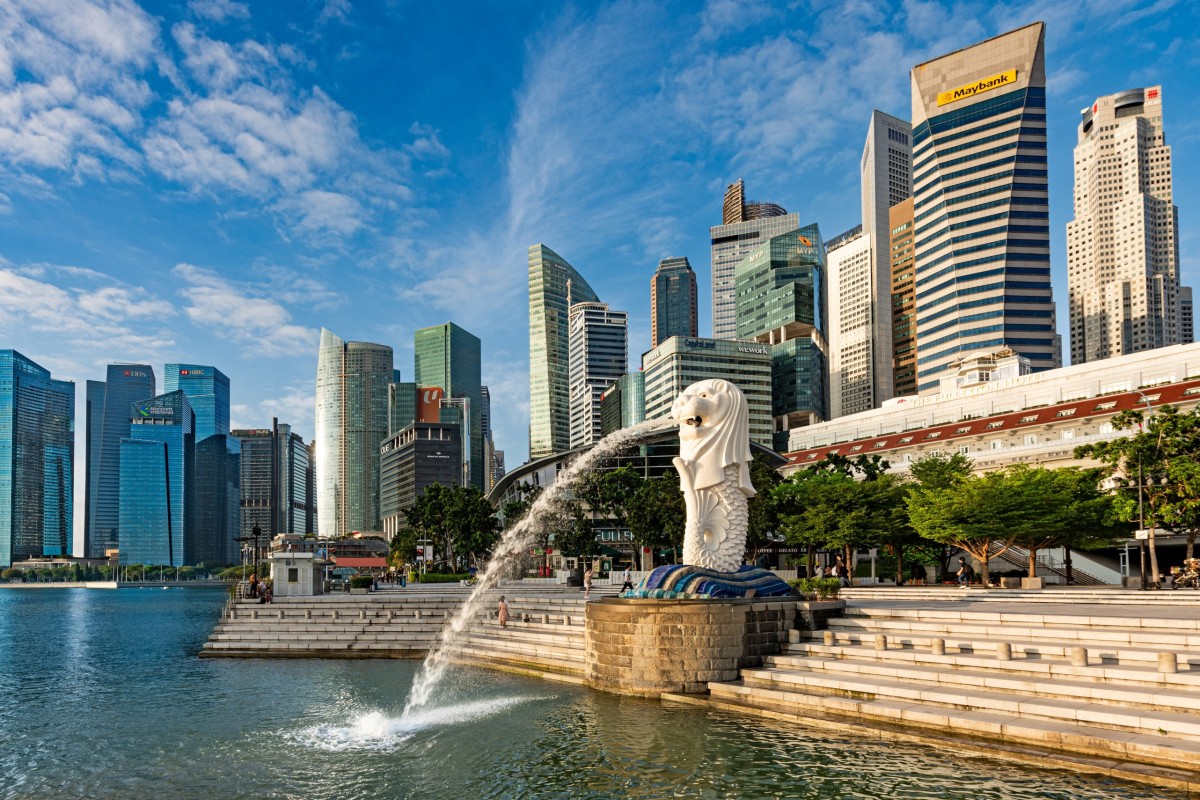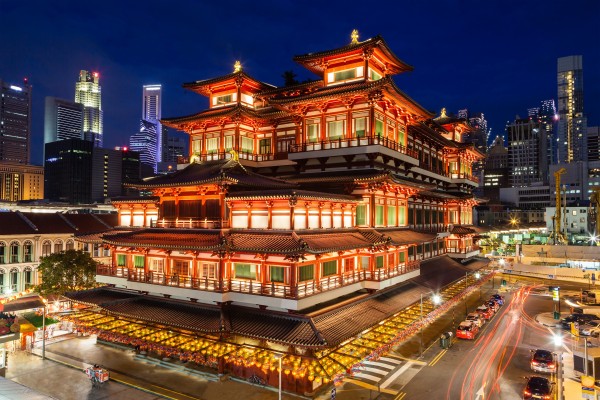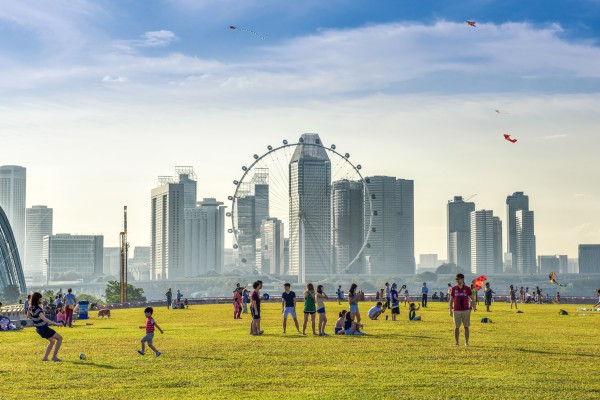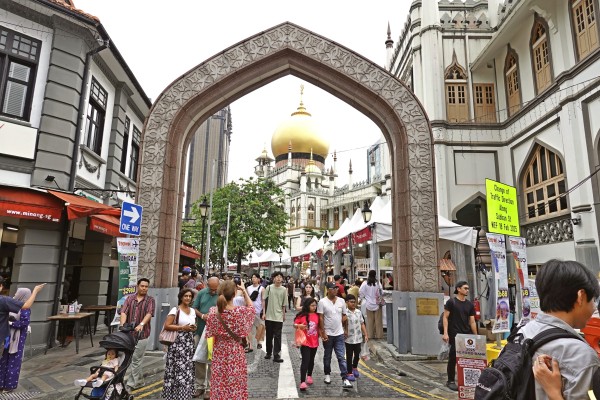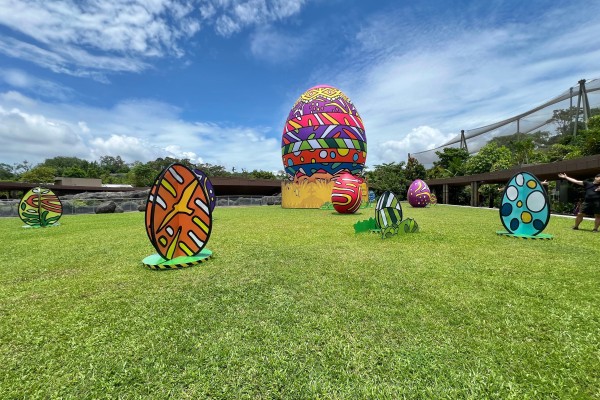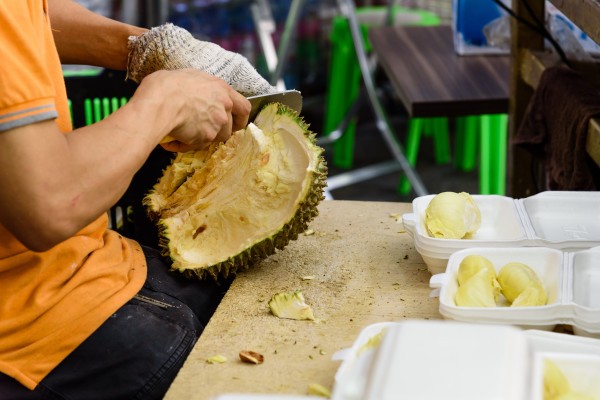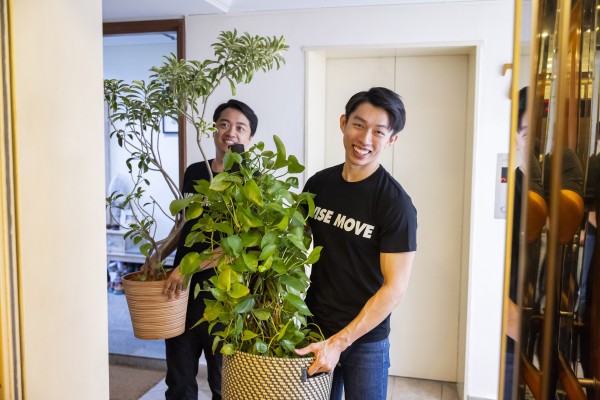The Ultimate Guide to Singapore’s National Symbols

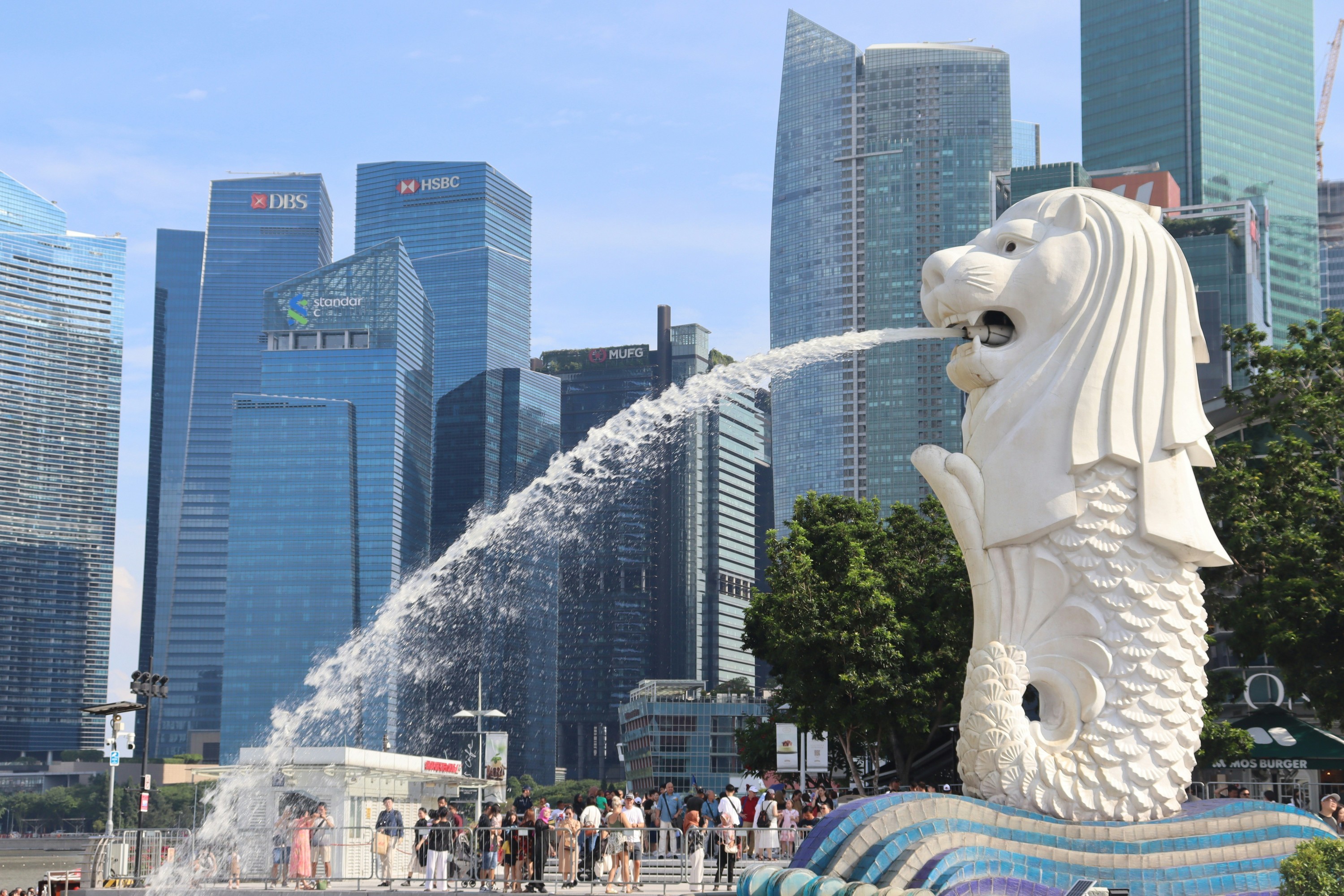
If the sight of the symbol of a crescent moon with five stars, an orchid, or a creature with a lion's head and a fish tail evokes a sense of familiarity: congratulations! You’re well on your way to feeling at home in Singapore.
Commonly upheld as Singapore’s national symbols, these three icons embody Singapore’s young identity as a country over the years, her hopes and dreams for the future, and the spirit of the nation today.
Whether you're here for just a few months or you plan to stay long-term, understanding these official symbols, along with others that you may come across in your time here, is a really great way to get connected with your new home and understand some of the cultural nuances you may come across.
For example, did you know that the Vanda Miss Joaquim was chosen to be Singapore’s national flower partly because of its origins as a cultivated hybrid, because it mirrors Singapore’s multicultural society which we have carefully cultivated through the years.
Let's find out more!
Official National Symbols
Singapore’s national symbols were born out of necessity to unite the nation when it first gained independence from Malaysia in 1965. They represent Singapore’s identity to the rest of the world, as well as to her own citizens, and hold great cultural and emotional significance.
You’ll probably see most of them in your time here, especially during the National Day month of August when patriotic spirits soar and all these well-loved national symbols come out in full display in celebration of Singapore’s birthday!
Just a quick note that these national symbols have rather strict rules about their use and display.
National Flag
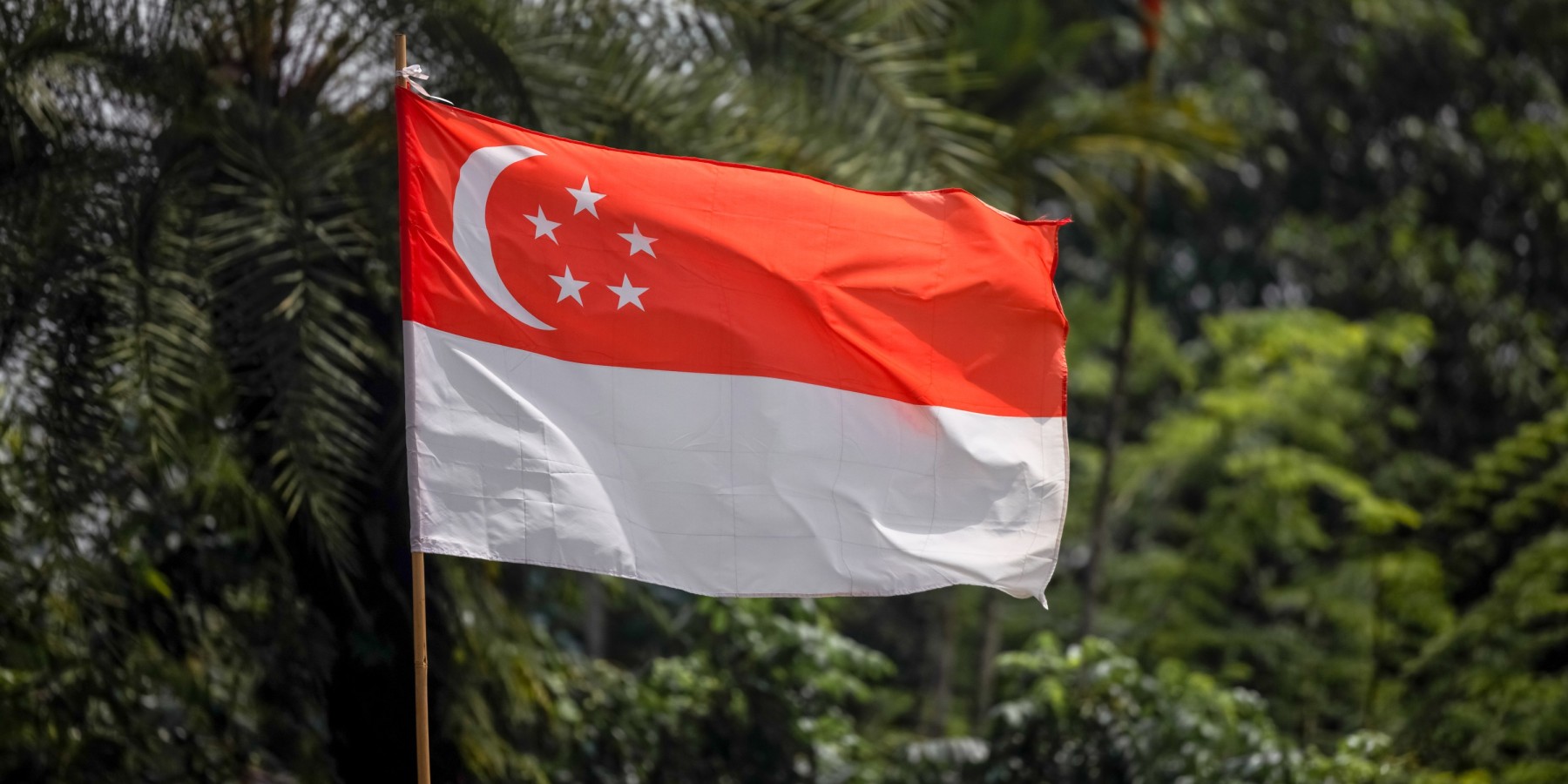
Singapore’s National Flag was made public in 1959 to mark her independence from Britain that was to come. It is Singapore’s most widely-known symbol of her statehood and independence.
The flag comprises a red horizontal half on top and a white half below, with red representing universal brotherhood and equality, and white representing purity and virtue.
On the top left hand corner of the red section of the flag, a white crescent moon and five white stars arranged in a circle can be found. The crescent moon represents Singapore as a young nation, while the five stars stand for core principles upon which the country was founded: democracy, justice, peace, prosperity, and equality.
In more recent times, the once-strict rules surrounding the display of the flag have relaxed significantly, making it much easier for Singapore residents to use it to foster a sense of pride and patriotism.
Coat of Arms

A proud symbol of Singapore’s independence, the state crest was first unveiled in 1959.
A red shield bearing the same crescent moon and five stars on the Singapore Flag is flanked by a lion on the left and a tiger on the right, standing atop a banner with the motto “Majulah Singapura,” which means “Onward Singapore”. The lion represents Singapore, while the tiger represents Singapore’s historical ties to Malaysia.
Today, the coat of arms is only used by the government, for official announcements or within ministry premises.
National Flower
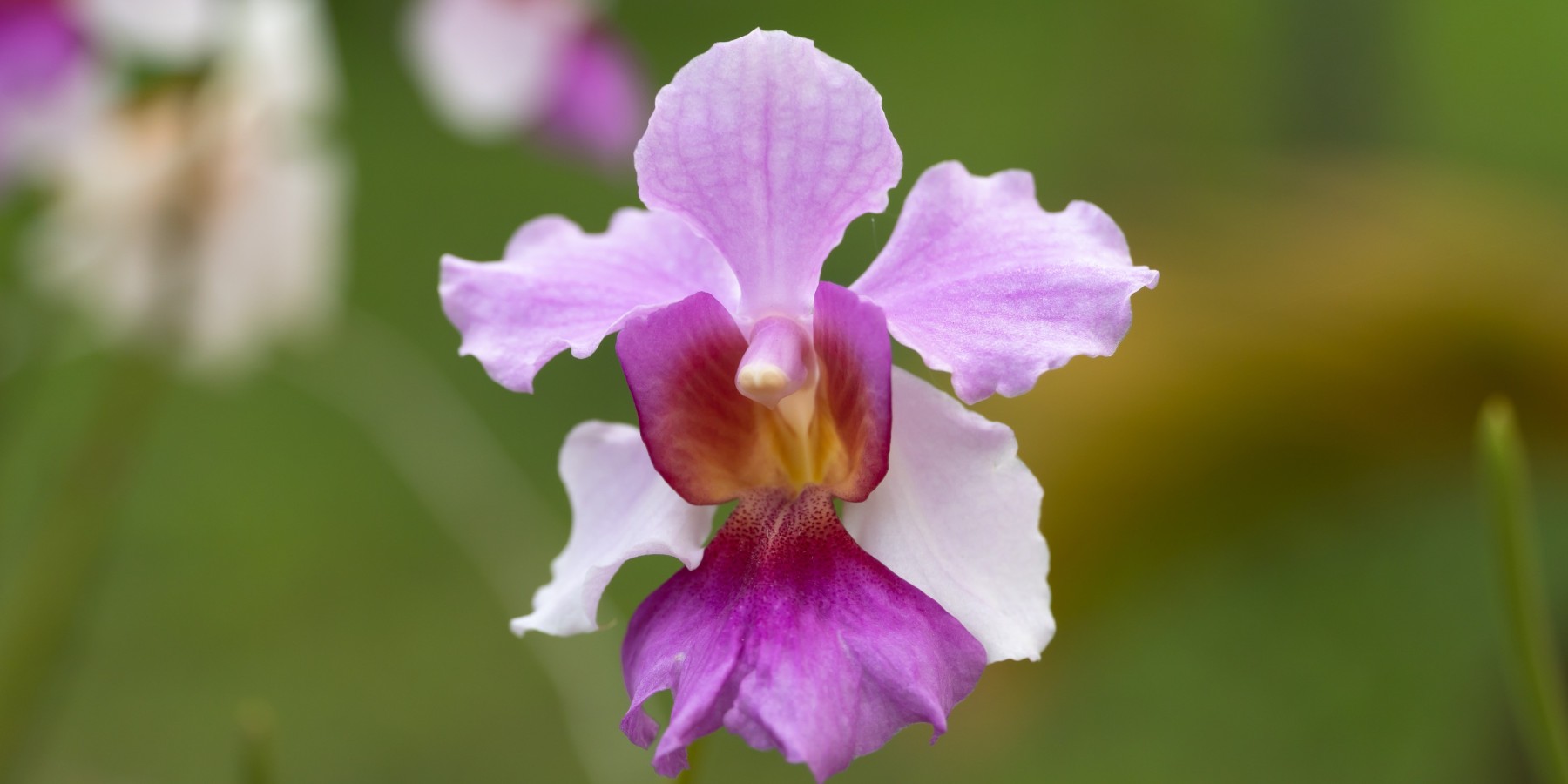
If you’re newly arrived in Singapore and have been checking out tourist attractions,you'd probably have noticed quite a few orchid-type souvenirs. That's because Singapore's national flower is the Vanda Miss Joaquim orchid and it stands as a proud symbol of Singapore's identity as a garden city.
The Vanda Miss Joaquim was the very first hybrid orchid cultivated in Singapore by Miss Agnes Joaquim in 1893, who grew it in her garden. It was chosen to be Singapore’s national flower because of its beauty, resilience, and hardiness, blooming all year round.
The flower is commonly used on banners and posters, and can also be found in artworks and printed on the national currency.
Lion Head Symbol
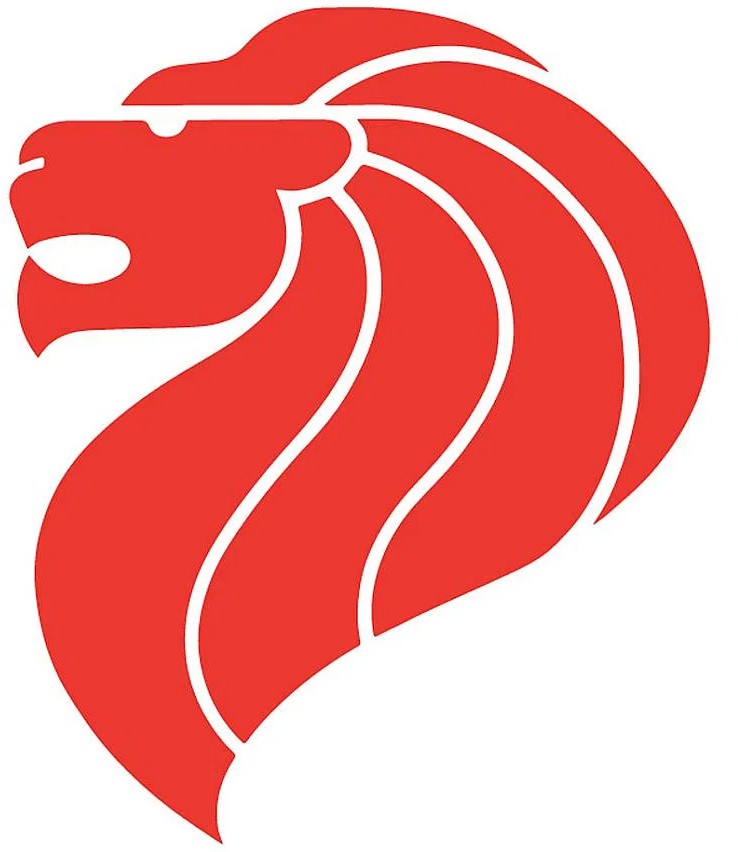
This is one of Singapore’s most recognisable national symbols, and can be found on commercial products, advertisements, and packaging to connote a proud link to Singapore.
The ubiquitous red lion head is always used against a white background, and it signifies courage, strength, and excellence. The five partitions on the mane represent the same values as the stars on the national flag: democracy, peace, progress, justice and equality.
Created by a young Singaporean designer in 1986, it is less formal than the flag and the coat of arms, and can be freely used by individuals or organisations as a show of patriotism and as an expression of national identity.
Other Symbols and Logos
These are some of the other symbols you will probably run into while here in Singapore. While these logos are not national symbols, they represent unique facets of Singapore in their own right and are cherished by Singaporeans for their significance.
The Merlion
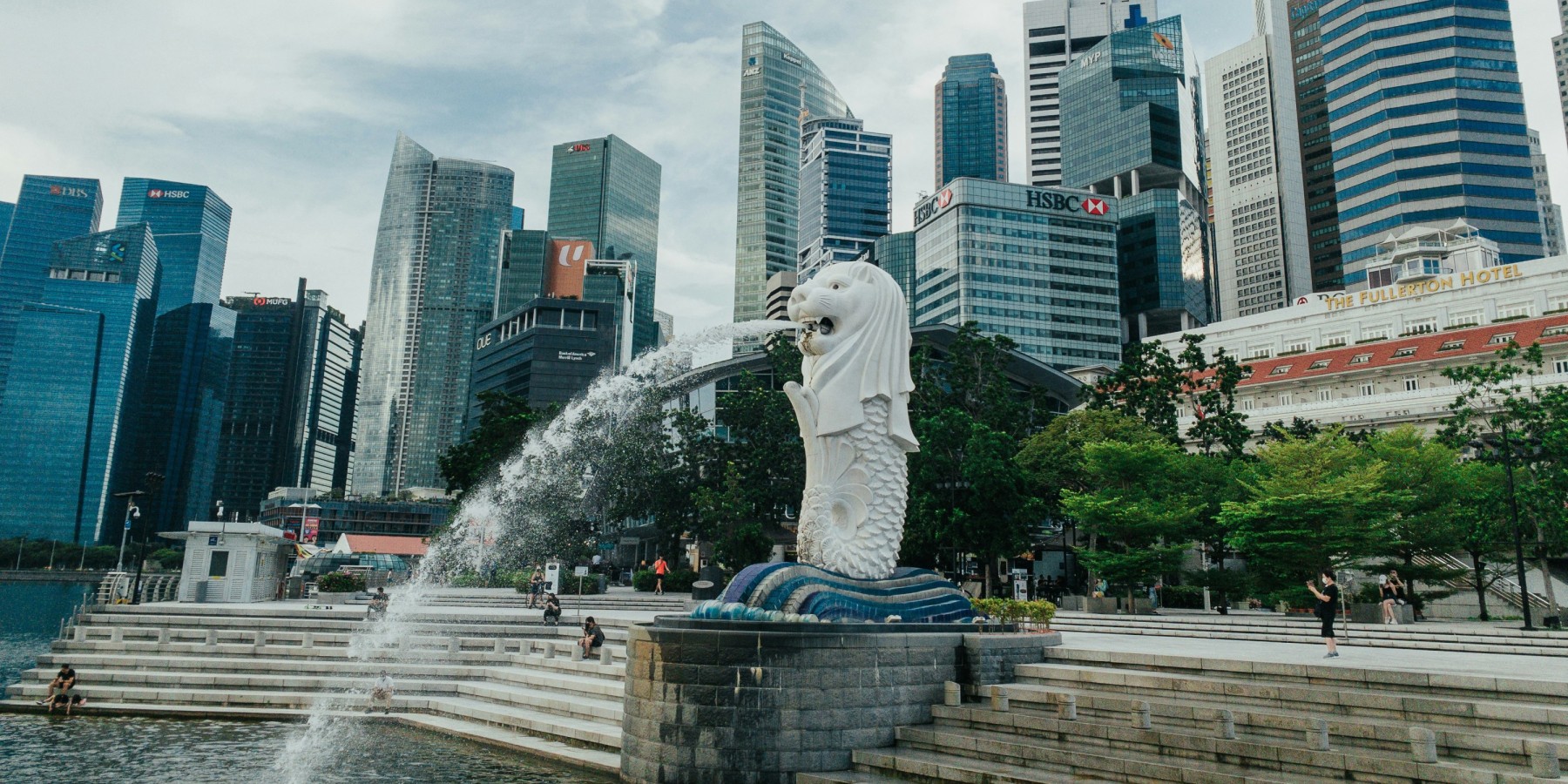
The mythical half lion half fish Merlion is a veritable Singapore icon, whose likeness can be found as a representation of Singapore in many works of popular culture and commercial products today. It was originally used by the Singapore Tourism Board as its corporate logo in 1964. The original logo as seen here remains the intellectual property of the STB, and permission must be sought to use it for commercial or public purposes.
The Merlion’s fish-like body was intended to pay homage to the island’s origins as a fishing village, while its lion head is a nod to the legend of how the Javan Prince Sang Nila Utama spotted a lion at the Singapore River when he first stepped foot here in the 13th century.
Today, there are six Merlion statues that stand proudly around Singapore, with the most iconic being the original 8.6-metre tall statue at Merlion Park that ceaselessly spouts water from its mouth.
Fun fact: Singapore residents use “merlion” as a local term to describe profuse vomiting, in reference to the statue of the Merlion spouting water from its mouth!
Mr Lee Kuan Yew Logo
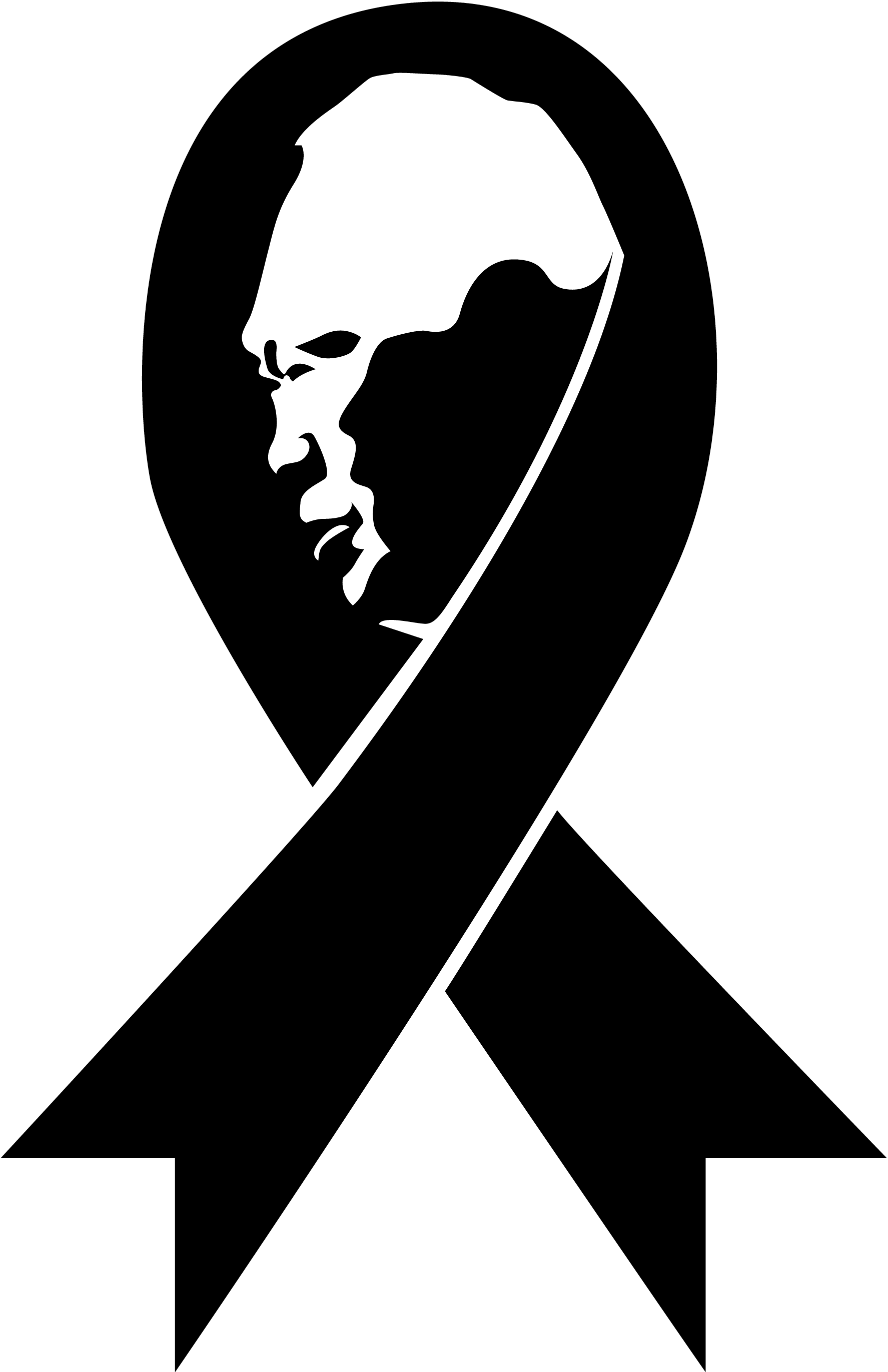
The logo of the silhouette of Singapore’s late founding Prime Minister Mr Lee Kuan Yew on a black ribbon has become commonplace in Singapore ever since his passing in 2015. Designed by Member of Parliament Mr Alex Yam to honour Mr Lee’s memory, the logo can be found almost everywhere online and offline in Singapore.
In the months following Mr Lee’s passing, the logo could be found on cars as decals, and online as many social media users changed their profile photos to the logo as a mark of respect.
There’s even a red version of the logo, with the crescent moon and five stars of the Singapore flag on the left end of the ribbon,
Total Defence Logo
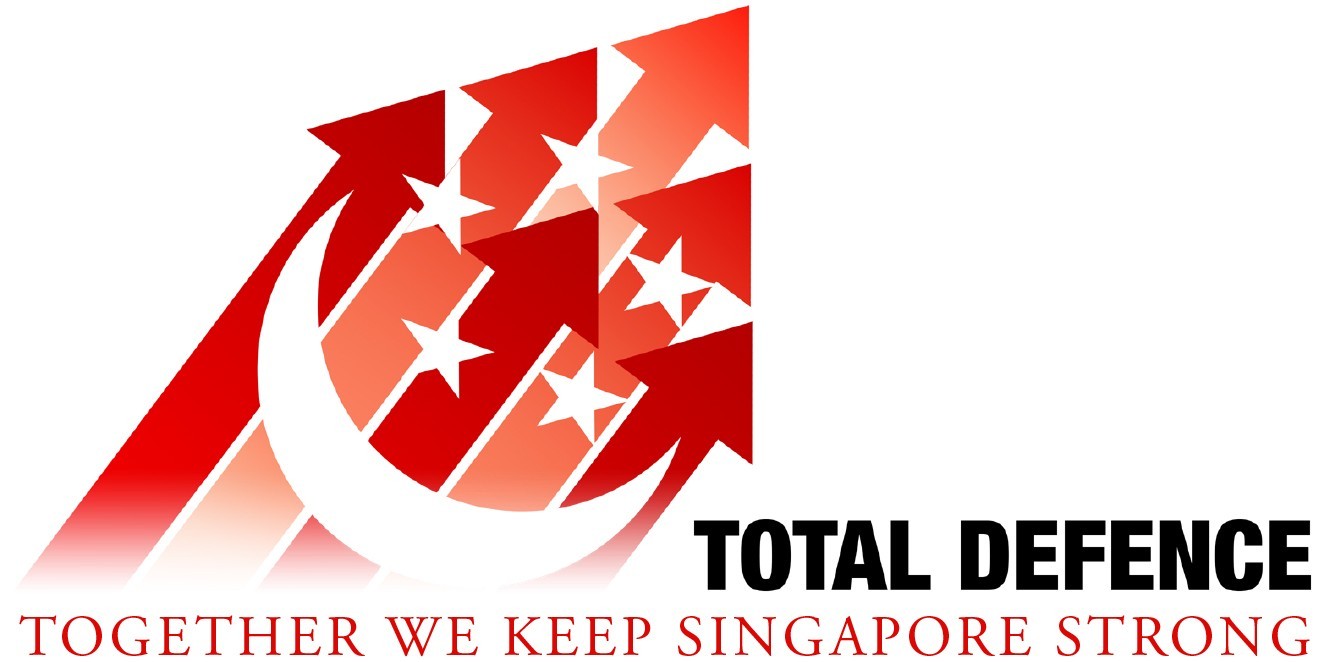
If you’re in Singapore long enough and especially if you have school-going children, you may come across this logo: the Total Defence logo. The concept of Total Defence was first introduced to the public in 1984, as a way to rally all Singaporeans to defend the country together with the military should the need arise.
The logo comprises six red arrows, each representing a pillar of defence–military, psychological, civil, economic, social, and digital. They are placed tight together in the same direction, signifying the need for Singaporeans to work closely together towards a common goal in times of need.
The crescent moon and five stars, as well as the red and white colour scheme, remind everyone of the values upheld by the National Flag.
Where will you see this? At public roadshows held by the Ministry of Defence to teach people about their role in defending Singapore, or in your child’s school materials. Today, Total Defence Day is celebrated on 15 February every year, the day that colonial Singapore was surrendered to the Japanese during World War 2 in 1942.
There may be other symbols and logos, both governmental and commercial, that you will come across in your time in Singapore. Many of them are self-explanatory, with the name or tagline prominently displayed.
For those that don’t though, the best way to find out more is to ask a Singapore resident, who will proudly explain what they mean and what they’re used for.
What do our customers say?






